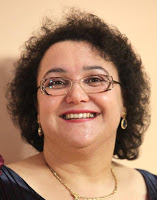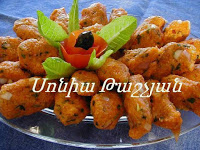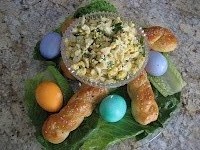We’ve all experienced a rush of emotion while eating foods familiar from our childhood. For immigrants, especially those who escaped misery, this experience can be profound. Food can obscure our worst memories while evoking the best.
 |
| A view of Diyarbekir (Dikranagerd) – Source: Lamec Saad, “Zestien Jaar als Quarantaine-Artsin Turkije”, De Aarde en haar Volken, Haarlem, 1917). |
I learned this from observing my father, Nishan Kalajian, while I was growing up. Dad was born in 1912 in the city Turks call Diyarbekir and Armenians call Dikranagerd. He survived the first wave of Genocide but fled from renewed terrors in 1922.
 |
| Beyli Baghli |
That meant our dinners in 1950’s New Jersey were often like a journey to a far different place. We ate our share of steak and pork chops, but our daily fare was more often beyli baghli,or douzma. Or moutfouna (see recipe below), or sud keebah.
 |
| Douzma |
 |
| Sud Keebah |
Does that sound familiar? Maybe some of it does, or maybe none at all.
valleys of the homeland. But the foods of Dikranagerd not only sound different, they taste different.
the same language and ate the same food in the homes of many relatives and friends.
than yekhni (recipe below) or kavourma.
Sonia, as our regular readers know, is one of Armenia’s most valuable culinary resources, working tirelessly to explore, document and preserve the many facets of Armenian cooking.
kitchen while viewing photos from the rocky paths my father followed as a boy.
O yardele yardele
Mechuh sokh booghdoonoosov
O yardele yardele
thick cubes
water




